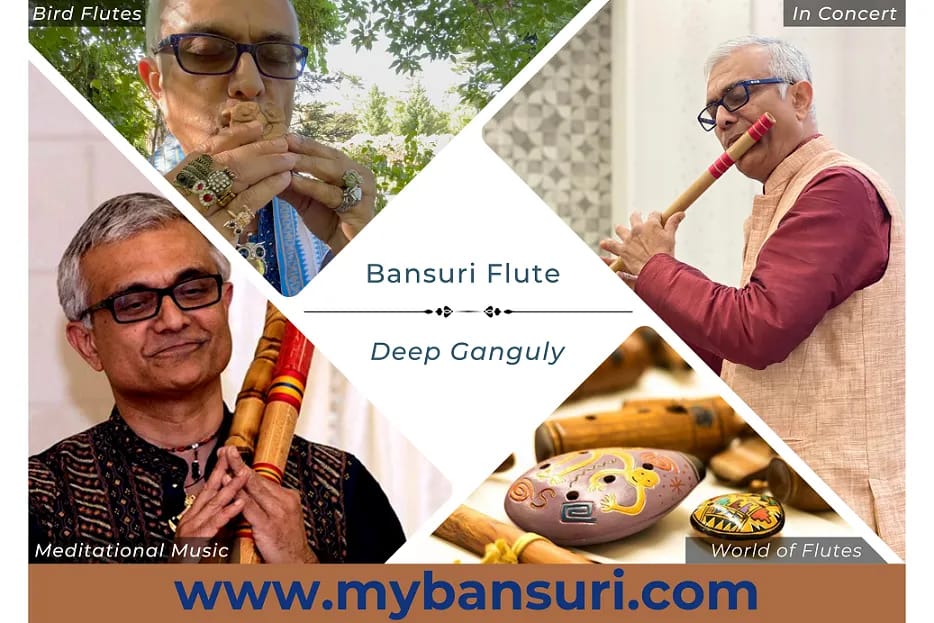The culture of North India, and more specifically, the culture of the parts of India where Hindi is spoken, is referred to as Hindustani culture. It is the result of thousands of years of development, during which time it has absorbed various influences from other places, such as Central Asia, Persia, and Europe. The culture has maintained its individuality and has established its particular traditions, customs, and practices despite the impact of other cultures from the outside.
The kind of music known as Hindustani classical music is a subgenre of Indian classical music that originated in the northern areas of India, more specifically in the imperial courts of the Mughal Empire. It is also known as North Indian classical music. Improvisation and complex ornamentation are two characteristics that define this kind of music, which is founded on the melodic notions of raga and the rhythmic concepts of tala. In India, the Hindustani culture and the Hindustani classical music tradition have a long and illustrious history. It is a culture steeped in tradition, and music has been an essential component of this culture for hundreds of years. Its culture has a long history. This essay will investigate where Hindustani culture and classical music originated and how they developed through time. We will also discuss the relevance of Hindustani culture in Deep’s life and music.
The Influence of Hindustani Culture on Deep’s Life
Deep is a well-known musician and bansuri player who is noted for his extraordinary abilities in the realm of Indian classical music. His whole life, including his music, has been dramatically influenced by Hindustani culture, and this influence can be heard throughout his work. His upbringing in a family of bamboo flutists has significantly impacted Deep’s music. It has also assisted him in gaining a thorough awareness of the traditions associated with the Hindustani culture.
Although a comprehensive and intricate field of study, the study of Hindustani culture is essential to an appreciation of Indian classical music. The origins of Indian classical music may be traced back to the Vedic era, which was more than three thousand years ago. This makes Indian classical music one of the oldest genres of music in the world. It is predicated on a system of ragas and talas, the combination of which offers a structure for improvising and composing music.
The Power Of Music
Deep incorporates these elements of Hindustani culture into his music, which is one of the most critical components of his work as a musician. The music of the Hindustani culture reflects the culture’s deep historical roots and long musical tradition. Deep’s music epitomizes how tradition and creativity can harmoniously coexist. His compositions have a strong foundation in the traditional canon. Still, at the same time, he is not reluctant to try new things and investigate uncharted territories in his artistic practice.
The music of Deep is not only for entertaining listeners; instead, it is a type of art that conveys the spirit of Hindustani tradition. Deep believes that music can bridge the gap between individuals of different cultures. Through listening to his work, he believes that others are led to a greater appreciation and comprehension of the splendour and depth of Hindustani tradition and Indian classical music.
It is impossible to emphasize the importance of Hindustani tradition in Deep’s life and musical output. His music is illustrative of the profound relationship that exists between music and culture. He has devoted his whole life to the cause of preserving and advancing Indian classical music as well as the bansuri. Through his work, he has encouraged many people to delve deeper into the beauty and complexity of Hindustani culture and the illustrious history of Indian classical music.
